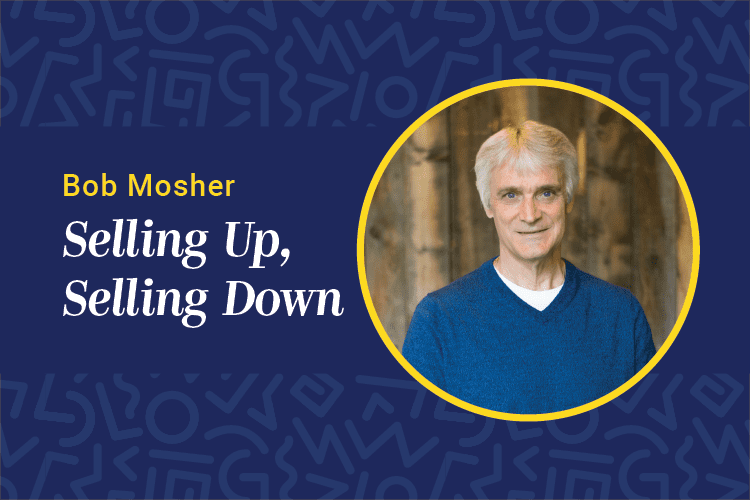I spoke recently with a senior learning leader in a Fortune 100 company about her frustration with her team’s inability to host appropriate conversations around learning. She was fed up because every time people knocked at her door with trainingrequests, they had predetermined they wanted a course or e-learning.
Her team’s job was just to fulfill the order. She felt her team had been reduced to order-takers and not true consultants to the business. She wondered: Have we become our own worst enemy in the way we have portrayed our team, expertise and services?
I’m often blasted for being anti-classroom/e-learning and anti-“ADDIE.” That couldn’t be further from the truth. Both have served us well and both will, and should, continue to have value. The problem is in our efforts to perfect and standardize learning approaches, we often back ourselves into a corner as to the deliverables. We’re not the ones you come to for options outside the classroom or discussions around business impact and performance.
We all know the “A” in ADDIE, the instructional design framework, stands for analyze. Essentially, the analyze phase clarifies any business problems and learning objectives as well as the learner’s existing knowledge and skills. This definition opens itself up to deliverables beyond the classroom or e-learning.
The problem is we’ve been using ADDIE for years in our organizations, and for a majority of that time, the analysis and resulting deliverables have been all about “training,” be it classroom-based, virtual or e-learning — not business.
It’s time we changed that. Analysis needs to become aligned. We need to get out ahead of the requests and re-educate our customers that our services and the research that drives them is more about business driversand the related performance behaviors than the training deliverables that enable them. We have to become a partner in each line of businesses’ success, not an order-taker with a predetermined set of deliverables.
This change will only come by changing a few fundamental perceptions about our industry.
Become a performance consultant. “What’s in a name” is a powerful issue here. By doing such an amazing job of delivering learning, we have boxed ourselves into a corner. Although performance consulting has been around for a while, and is often viewed more in the HR realm than ours, we need to change our focus to put performance ahead of learning. That may sound strange, but it’s necessary to change how we are perceived. I’ve seen many learning organizations go so far as to rebrand their instructional systems designers as performance consultants or engineers.
Be proactive. We need to bring this change to our organizations rather then wait for them to come to us. The conversations we want to be involved in happenbefore many of our customers walk in our door. We need to get out among the lines of business and better understand their budgeting and strategic planning cycles. That’s when performance issues and measures are being discussed. Because we’re not engaged during this process, training is identified as the solution ahead of understanding the actual problem. If we can be seen as a partner there to help the line of business boost performance, key perfomance indicators and strategic planning, we’ll be far more helpful in determining the best deliverable for the performance problem/business result.
Let’s put our money where our mouth is.How many learning and development organizations stake their success on the businesses they support? Meaning, do we encourage our ISD’s, trainers and logistics folks based on the success of the businesses we support? If they don’t hit their numbers, we don’t hit our numbers. No more metrics around number of hits to our LMS, and attendeesin our classrooms. Instead, let’s map our successdirectly to the project and businesses we support from a business perspective. We’d see a lot more interest if we were seen as partners in their success, not just ours.
Aligning with the business has been our goal for years. Let’s take a fresh look at the roles, deliverables and expectations we’ve set with our engagement process. It all starts there.












